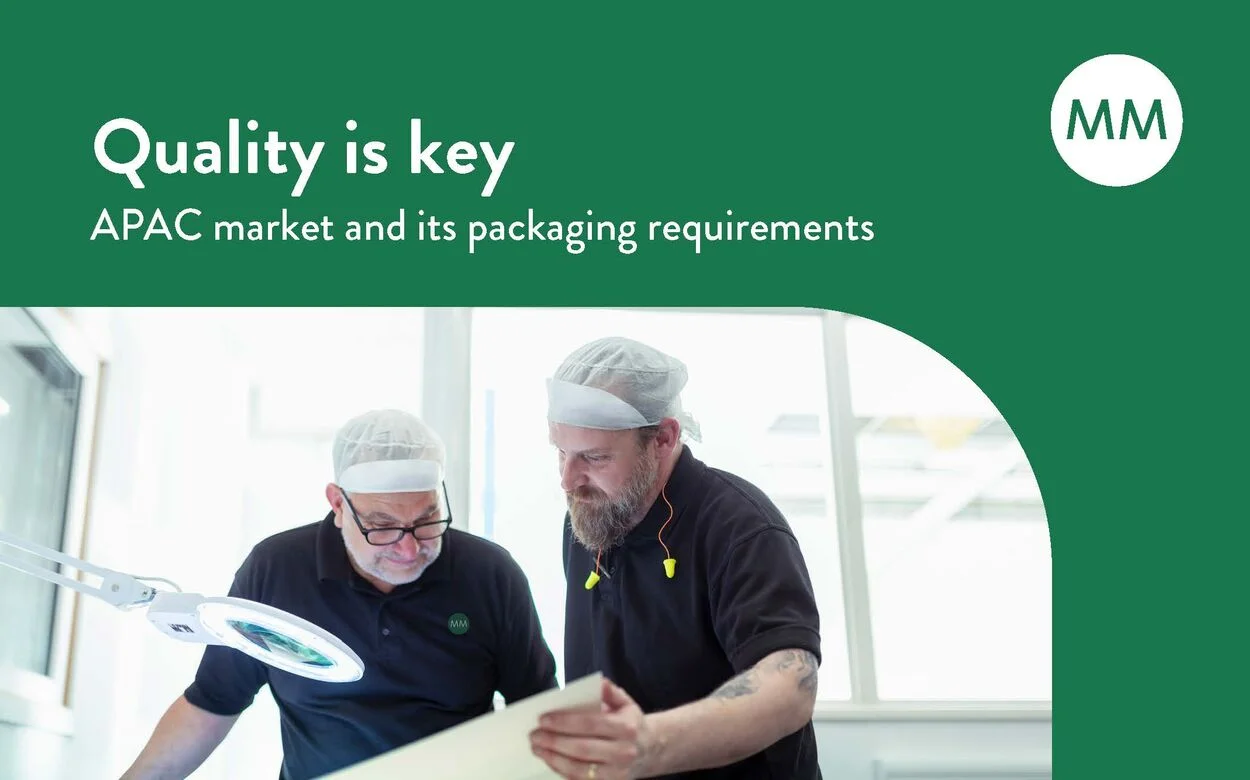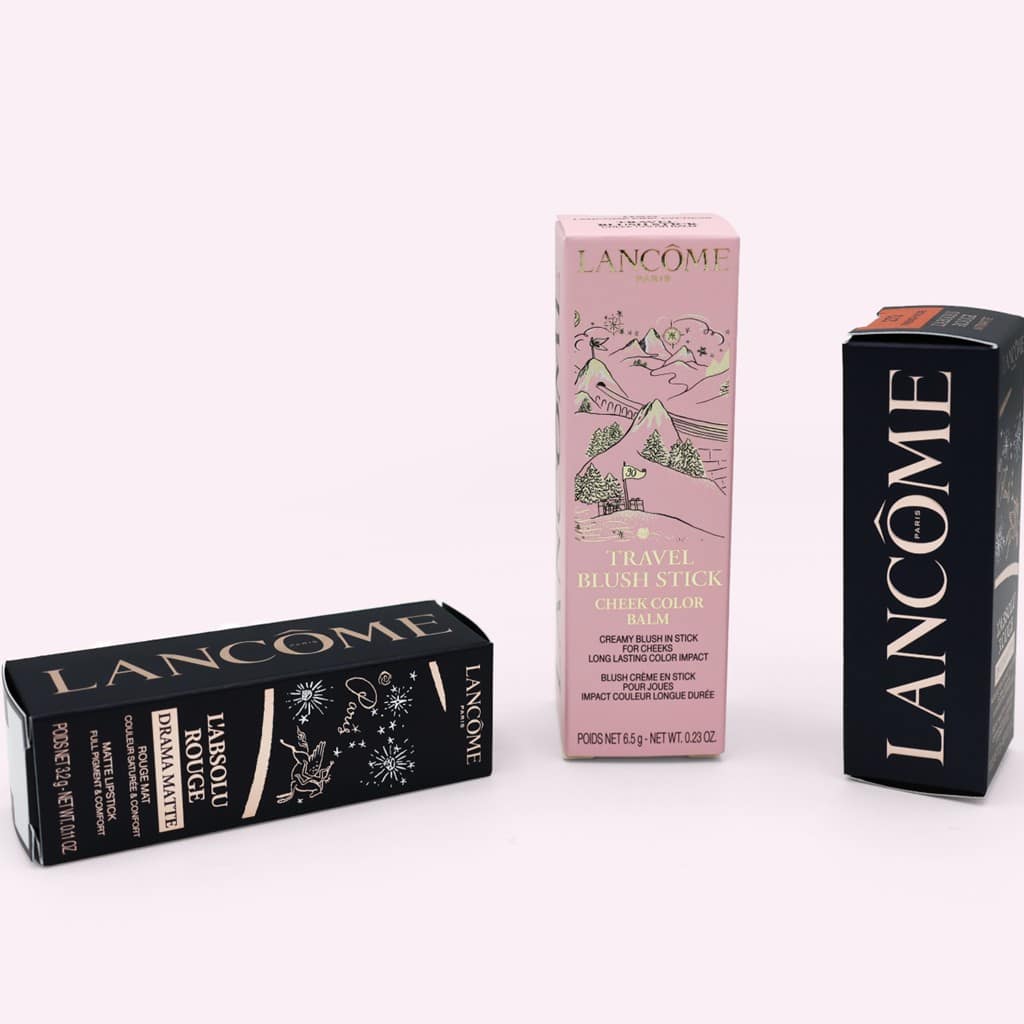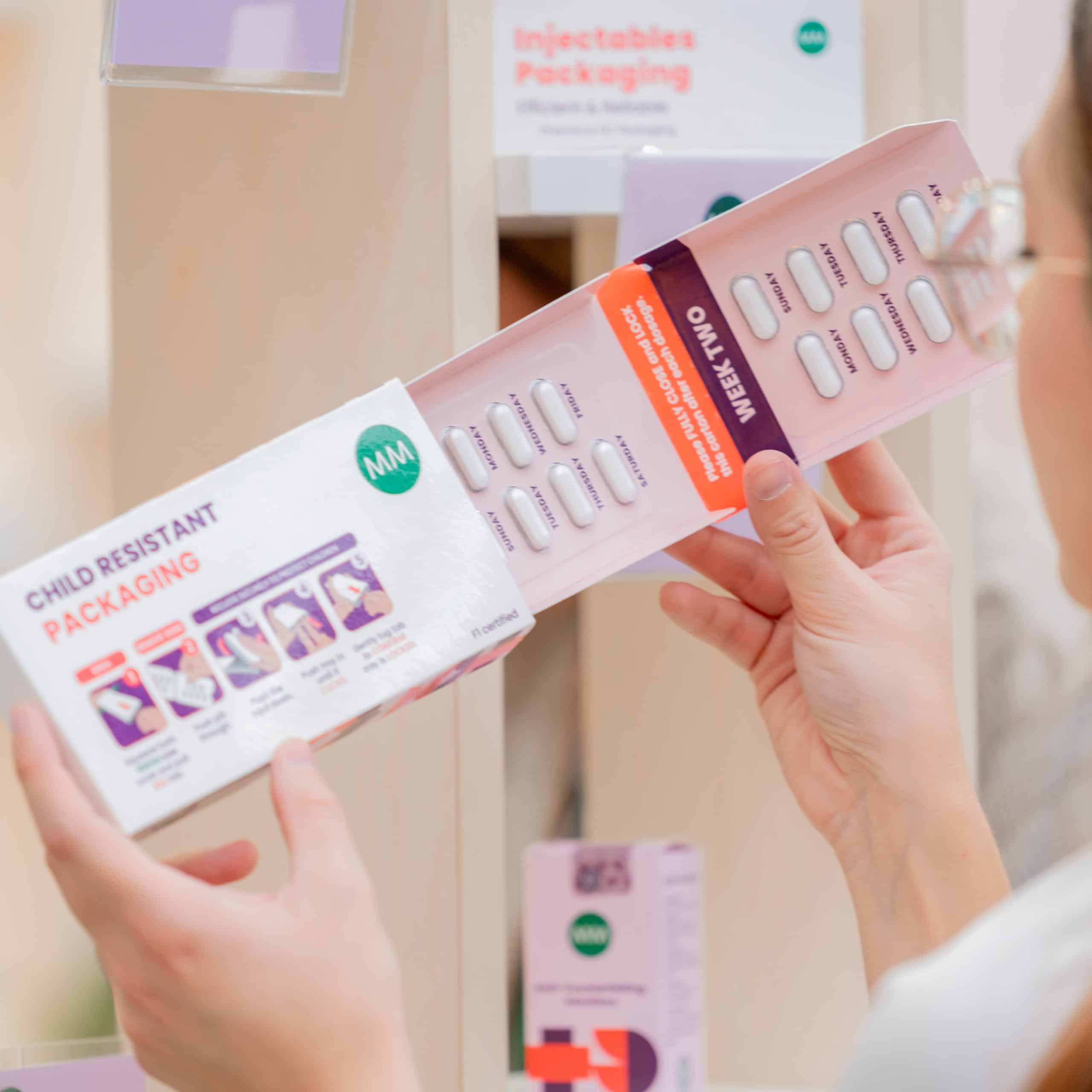Understanding the APAC market and Japanese standards
In the global pharmaceutical industry, the Asia-Pacific (APAC) region is considered one of the most demanding markets. Stringent regulations govern the packaging of medicinal products, with requirements that not only ensure the safety and efficacy of medicines and drug products, but also ensure compliance with packaging standards.

In the global pharmaceutical industry, the Asia-Pacific (APAC) region is considered one of the most demanding markets. Stringent regulations govern the packaging of medicinal products, with requirements that not only ensure the safety and efficacy of medicines and drug products, but also ensure compliance with packaging standards. Importantly, these requirements often vary significantly between countries across the APAC region.
The Pharmaceutical Market in Japan and APAC
The APAC pharmaceutical market, particularly in Japan, is experiencing significant growth. This expansion is driven by factors such as an aging population, increasing healthcare needs and government policies focused on improving healthcare infrastructure.
Japan stands out within the diverse APAC region due to its core focus on quality, supported by a stringent regulatory landscape. To ensure continually high quality standards, the Japanese market imposes strict requirements on pharmaceutical packaging, necessitating thorough visual standards and precise labelling to ensure patient safety and compliance.
Visual Consistency and Packaging Standards
Consistency in packaging appearance, including all packaging components and labels, is the cornerstone of Japanese pharmaceutical quality standards and is a crucial part of why the market is held in such high regard.
For pharmaceuticals and medicines, packaging standards bring together two important and related purposes: appearance consistency, which serves as both a quality control measure and a regulatory requirement, and ensuring product integrity, which maintains the stability and efficacy of medicines. Therefore, today’s pharmaceutical packaging must be designed to meet these exacting standards.
But what exactly does this mean in terms of pharmaceutical packaging?
- Materials and technologies must comply with local regulations, contamination prevention and stability tests, as well as catering to the needs of an ageing population with intuitive features and ease of use.
- Labels must provide comprehensive information in the local language, with accurate translations to avoid misinterpretations that may risk patient safety. In addition, clear and comprehensive information on the drug, dosage and instructions for use must also be included.
- Quality must be at the heart of the manufacturing process, particularly with one-to-one visual quality standards being crucial to market acceptance.
- Compliance with strict pharmaceutical legislation is essential to protecting patient safety, and the efficacy of treatments.
Now we know packaging is crucial to this, and thoughtful attention to design and manufacturing can help to prevent packaging and labelling errors, ensuring visual consistency is effective and efficient.
This is why partnering with an established expert team, like ours at MM Packaging, is so important. With a high level of quality standards and certifications, we understand and successfully deliver printed packaging materials for the Japanese and APAC markets, offering one-to-one quality review standards.
Our approach includes stringent in-process controls and batch-release processes to ensure compliance with local and international regulations. Our team is regularly trained to stay up to date with the latest legislation and quality standards, and we invest in advanced inspection technology and continuously improve our processes to meet the demanding standards of regions such as APAC.
To learn more about how MM Packaging can support your eyecare and pharmaceutical packaging needs, click here to get in touch with our team today.


